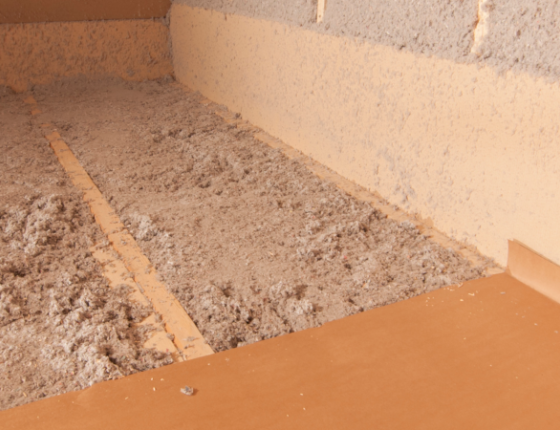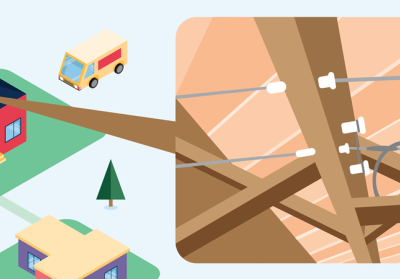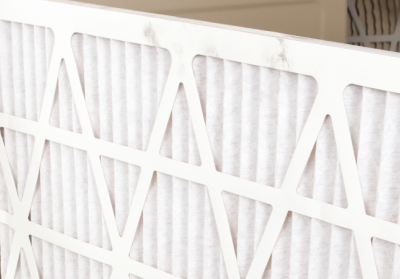Attic Insulation and Air Sealing
Insulating and air sealing your attic is one of most effective energy upgrades you can make to your home.
In addition to lowering your energy bills and making your home more comfortable, attic insulation and air sealing makes your home less likely to develop problematic and damaging ice dams. Plus, it prevents moisture build-up inside your attic, which improves your home’s durability.
In an extreme climate like the upper Midwest, it takes a lot of energy to keep a home comfortable. In Minnesota, heating and cooling represents 60 percent of an average single family home’s utility bill! This means upgrades related to heating and cooling provide significant opportunities to reduce the energy we consume, as well as to lower our bills.
How does it work?
CEE strongly recommends that you work with a Building Performance Institute-certified contractor to insulate and air seal your home. Additionally, be sure to check with your utility to see their specific rebate guidelines before you start the project.
Once you’ve found the right BPI-certified contractor for you, they will begin by sealing the gaps and holes in your attic left by things like pipes, electric wires, and chimneys. Sealing these gaps prevents warm air from your home from traveling into your attic. This is a messy, uncomfortable, and technical job, so it's best left to the experts! If you're curious about what your contractor will do and why it's an important first step before insulating, this video explains a bit more.
Next, contractors will fill your attic with insulation. The most common material used to insulate attics in homes is cellulose, which is made up of recycled newspaper — cool, right? The cellulose insulation and air sealing materials work together to create a boundary between your living space and attic. It will help keep the warm air from escaping your home in the winter and the hot air outside in the summer.
Once properly air-sealed and insulated, your attic should be insulated to R-50. Your home's R-value measures how well insulation keeps heat inside during the winter and outside during the summer. This way, your heating and cooling systems don’t have to work as hard to keep your home comfortable. This is what helps lower your energy bills and make your home more comfortable!
How much does it cost?
The cost of this project can vary depending on the size of your attic and how complicated it is to insulate various spaces within. Typically, air sealing and insulating an attic can cost between $3,000 and $6,500, with the majority of projects falling into the middle of that range.
What else should I think about when doing this project?
Insulating and air sealing your attic is one of the best things you can do for your home. Keep the following things in mind as you start this project:
- Consider installing continuous ventilation as a part of this project. Ventilating your home prevents moisture, odors, and indoor air pollutants from building up. Over time, these things can damage your home and even cause health issues.
- Some older homes may have knob and tube wiring in the attic. Any active knob and tube wiring must be removed by a licensed electrician before insulating and air sealing work is done.
- Some older homes may have vermiculite insulation in the attic. Vermiculite can sometimes contain asbestos, which is harmful when inhaled. If your attic contains vermiculite, you can test it for asbestos. The process for removing vermiculite can be complicated, so discuss your options with your insulation contractor.
Remember, you can always contact CEE’s energy advisors with questions through Contact Us.
Outside Resources

Questions about your home energy? Let's talk!



